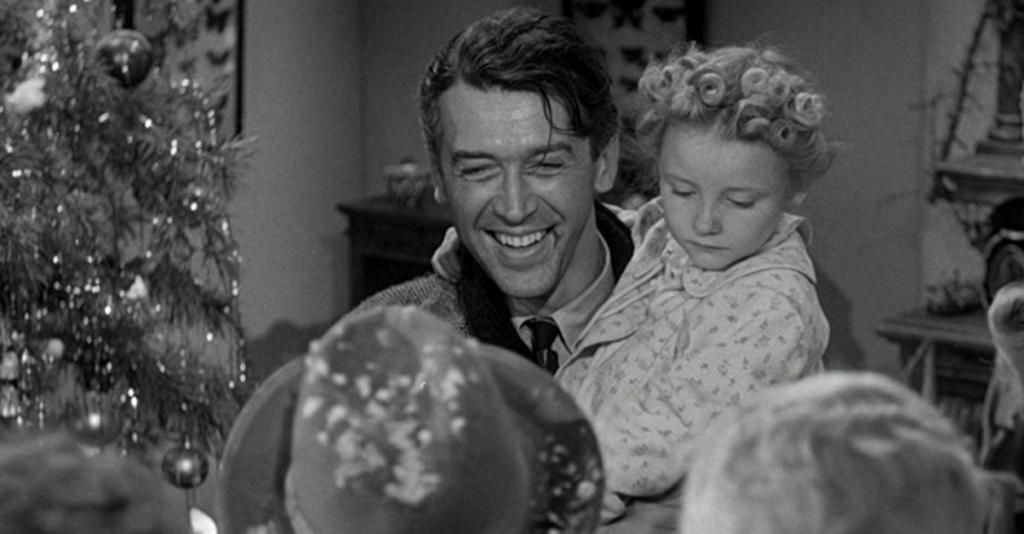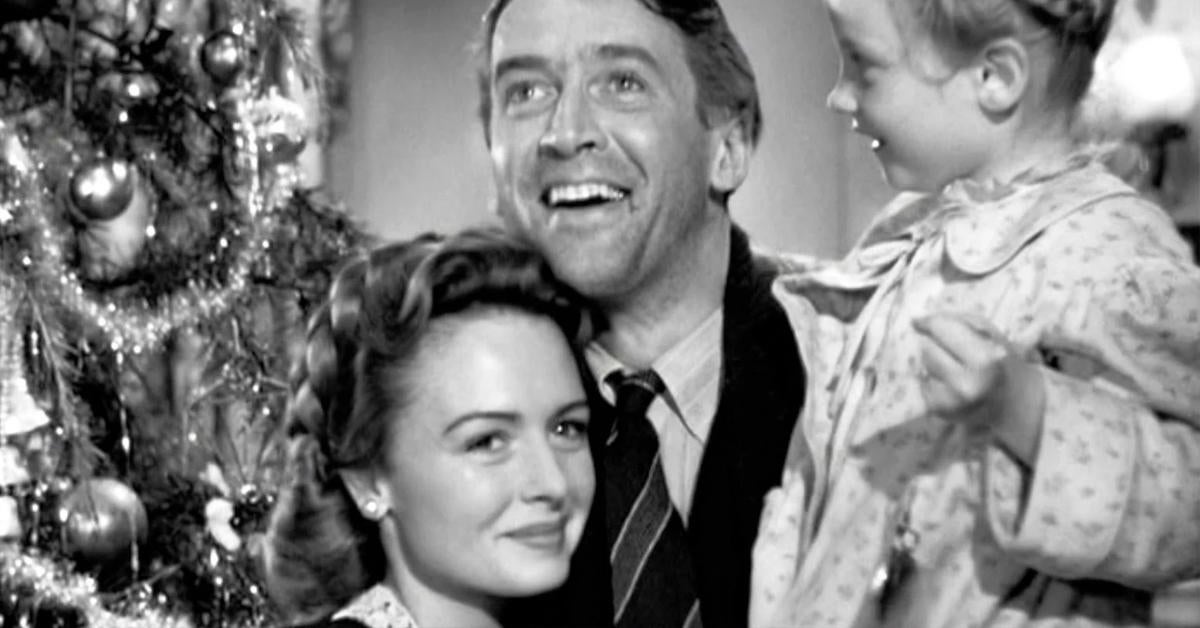It’s a Wonderful Life has become one of the most iconic Christmas movies of all time, but ironically that’s because it was so unsuccessful when it first came out. The movie was released in 1946 to mixed reviews and low ticket sales, and it found its success later through constant exposure. Read on for the story of this movie’s underdog legacy.
Videos by ComicBook.com
It’s a Wonderful Life is now generally regarded as one of the best Christmas movies ever – and one of the greatest movies of all time in many circles. It is included in the United States National Film Registry by the Library of Congress, and is probably the best-known movie from the “Golden Age of Hollywood” for most people. All that makes it hard to believe that It’s a Wonderful Life was considered a flop in its time, and for about three decades after its release. It really found its audience when its copyright expired and it entered the public domain, allowing it to be played on TV cheaply and featured in other productions as well.

Copyright and Ownership
It’s a Wonderful Life is based on a short story called “The Greatest Gift,” written by Philip Van Doren Stern. Stern self-published the story in a pamphlet mailed to friends and family, which somehow ended up in the possession of a film studio executive. RKO Pictures bought the rights to the story for $10,000. RKO then sold those rights to director Frank Capra for his new independent studio Liberty Films. It was Liberty’s first production, with RKO as distributor.
Shortly after the movie came out, Liberty Films was acquired by Paramount Pictures in 1947 and then dissolved entirely in 1951. According to Stephen Cox’s book It’s a Wonderful Life: A Memory Book, Paramount then sold the rights to It’s a Wonderful Life. The rights ended up under the management of National Telefilm Associates, where someone made a clerical error. This meant NTA’s copyright on the movie expired in 1974, making it substantially cheaper for television stations to air.
There is a lot more nuance to the laws here and how they were enforced over the years – die-hard fans should definitely check out Cox’s book, and others have written about this phenomenon extensively. However, the meaningful result was that It’s a Wonderful Life played constantly on TV for nearly two decades, and that constant exposure is likely a big reason it became so beloved. As audiences fell in love with the movie, the studios looked for ways to profit.
By then, NTA had become Republic Pictures, and that company was able to use precedents in the Supreme Court to reclaim control of this classic. Their lawyers found that Stern had renewed his copyright to his original short story. They argued that, since It’s a Wonderful Life was a “derivative work,” it should also be protected by copyright. The studio then cut some profitable deals to air the movie with more pomp and circumstance than before, but at the same time, other TV stations continued to air it as usual, claiming that the distribution deals they had before were still valid.
Public Domain
From 1974 until at last 1994, most of Hollywood believed that It’s a Wonderful Life was in the public domain. Again, this wasn’t exactly true, and the minutia of company acquisitions and legal decisions has been covered elsewhere, but for most of those years the movie was still treated as public domain. That meant other movies could use clips from It’s a Wonderful Life or allusions to it without paying a licensing fee.
This is why you’ve seen George Bailey and Clarence Odbody featured in a wide range of movies, including National Lampoon’s Christmas Vacation, Home Alone, Bruce Almighty and even Gremlins. It has been featured in TV shows as well, including Cheers, Roseanne and The Sopranos, among many others. For a movie with such dark subject matter, it has cropped up in a surprising amount of light-hearted children’s media including Muppet Babies, Super DuckTales and Elmo Saves Christmas.
In many ways, the story of It’s a Wonderful Life is great for advocates of the public domain. It proves that a work of art may find a loving audience at any time if given the chance, without being caged by corporate interests. There’s no telling if this movie would have made more money without NTA’s clerical error, or if it would have enriched so many viewers’ lives.
Future
Today, the rights to It’s a Wonderful Life are owned by Paramount, which the rights through a 1998 deal between its parent company and Republic’s parent company. The movie is still broadcast widely each year, and is available to purchase in a variety of formats including a 4K Ultra HD Blu-ray version released in 2019. This holiday season, it is available to stream on Prime Video.
The cultural impact of It’s a Wonderful Life will undoubtedly continue to show in other media to come. As for this story, there is actually a remake of It’s a Wonderful Life in development at Paramount right now. Filmmaker Kenya Barris has signed on to write and direct the movie, but there’s no word on when it might be released so far.

